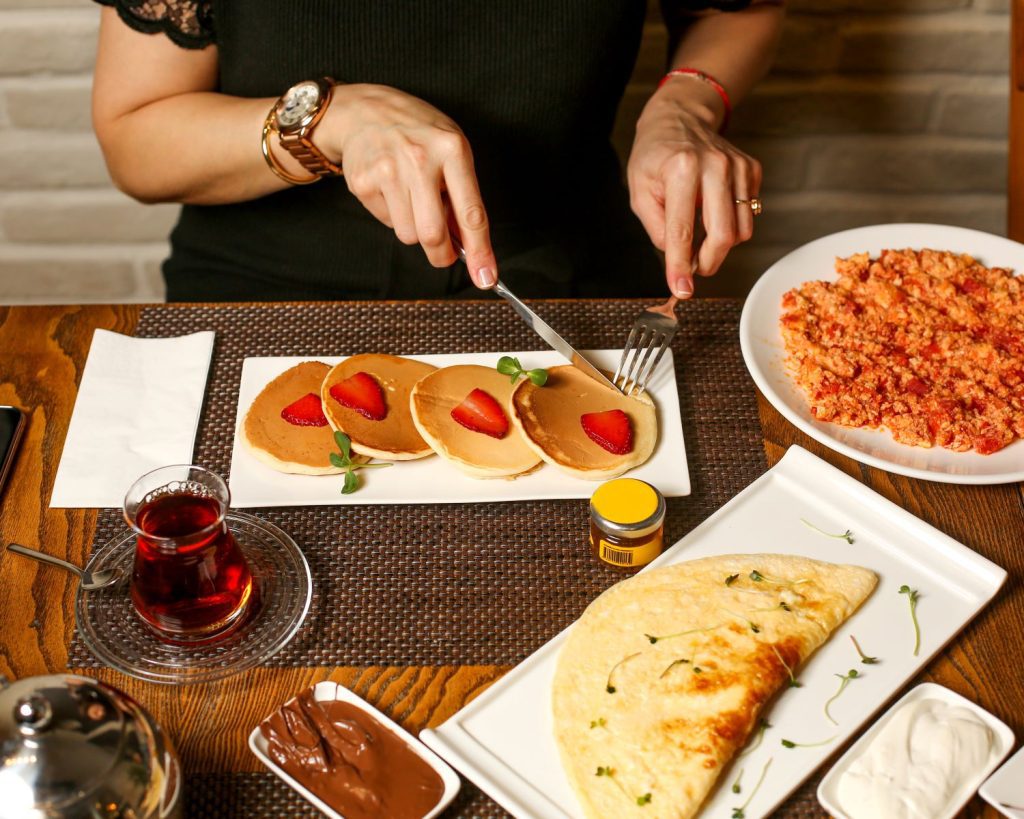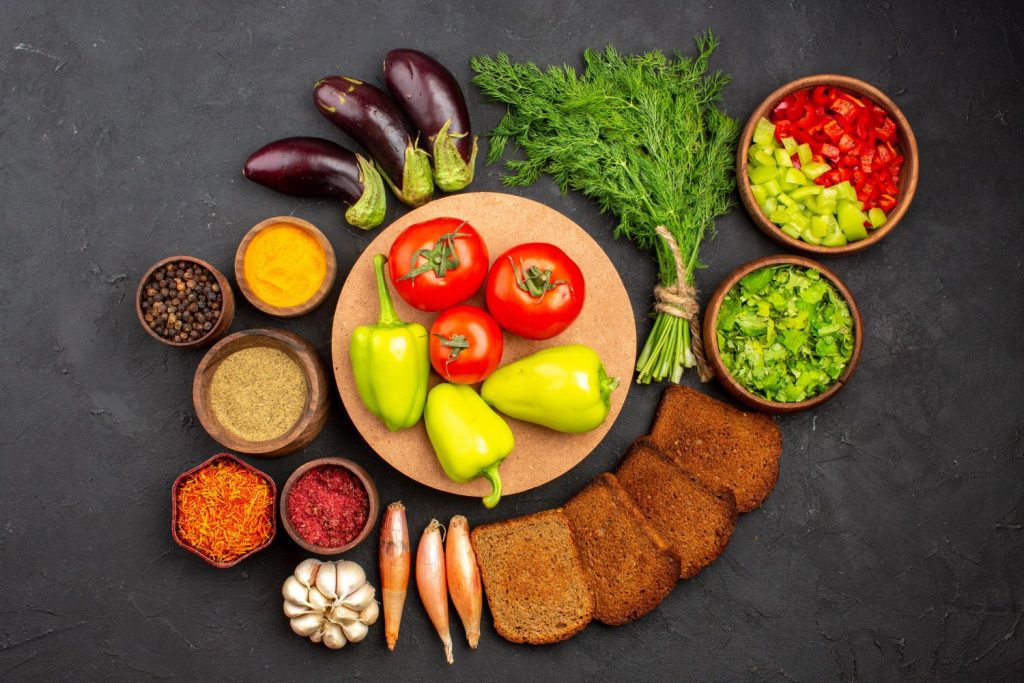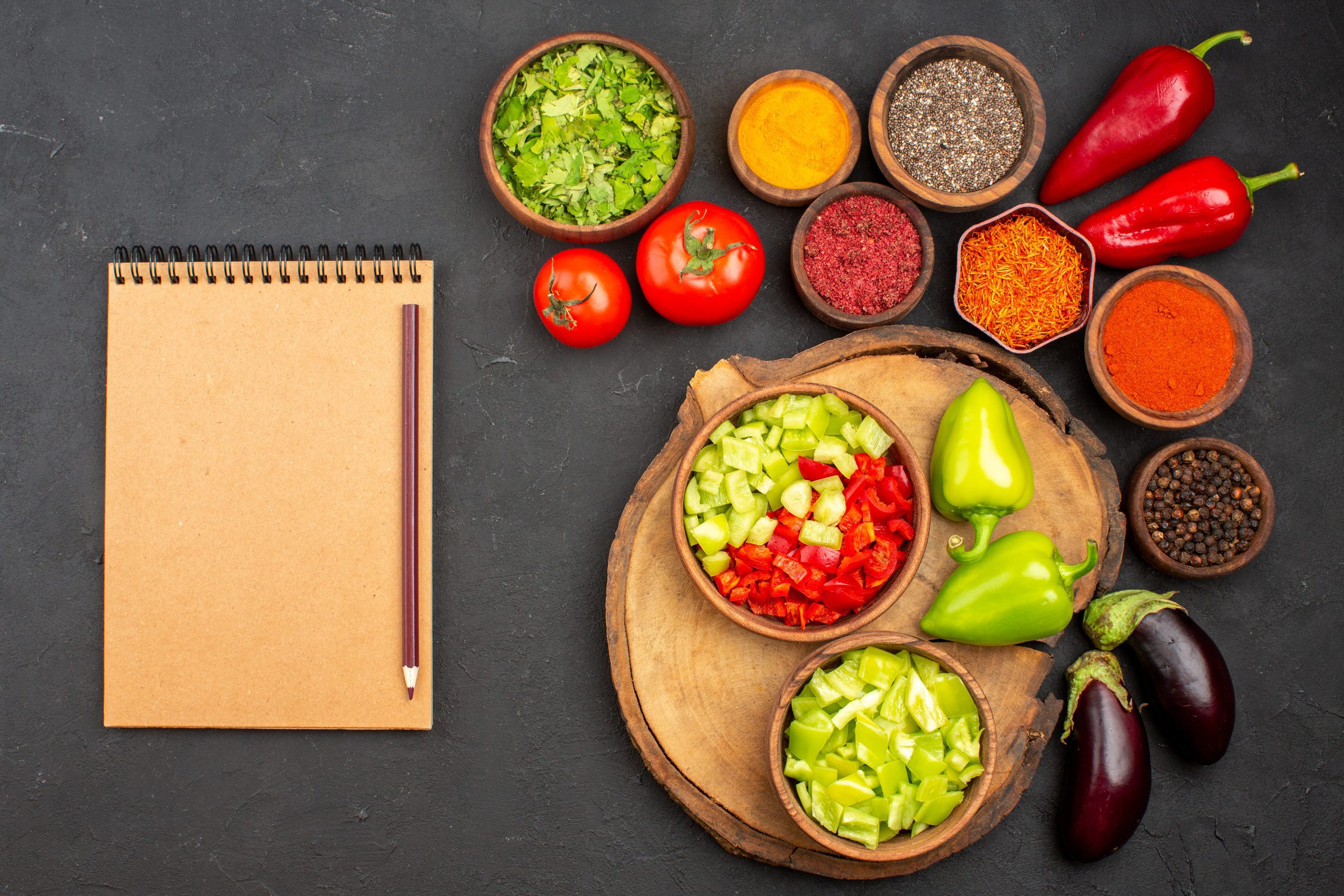A Culinary Voyage: Exploring the World’s Most Delicious Dishes Or Foods
Food is more than just sustenance; it’s a cultural tapestry woven with flavor, tradition, and history. Every corner of the globe boasts unique ingredients, cooking techniques, and dishes that tantalize the taste buds and tell a story. But with countless cuisines to explore, where does a hungry adventurer begin?
This epicurean odyssey will guide you through the world’s most celebrated dishes, taking you on a flavor journey across continents and cultures. Buckle up, grab your metaphorical chopsticks, and get ready to salivate!
Asia: A Symphony of Spices and Freshness
-
Japan: The Art of Simplicity – Japanese cuisine is renowned for emphasizing fresh, seasonal ingredients and meticulous presentation. Sushi, the iconic dish of vinegared rice topped with raw seafood, is a prime example. The delicate flavors of the fish are accentuated by the subtle sweetness of the rice and the punch of wasabi or pickled ginger.
-
Thailand: An Explosion of Spice – Thai cuisine is a vibrant explosion of sweet, sour, salty, and spicy flavors. Tom Yum Goong, a hot and sour soup brimming with shrimp, lemongrass, kaffir lime leaves, and chilies, is a must-try. Every spoonful is a symphony of tastes that will leave you wanting more. Don’t forget Pad Thai, stir-fried rice noodles with vegetables, protein, and a tamarind-based sauce that offers a delightful balance of sweet and savory.
-
India: A Celebration of Curry – Indian cuisine is a kaleidoscope of colors, aromas, and spices. Curry, a broad term encompassing countless regional variations, reigns supreme. From the creamy butter chicken bathed in a luxurious tomato and cashew sauce to the fiery vindaloo, Indian curries offer a spectrum of heat and flavor to suit every palate. Dosa, a fermented crepe made from rice and lentil batter, is a delicious canvas for various chutneys and sambar, a lentil and vegetable stew.
-
Indonesia: The Magic of Rendang – Indonesian cuisine boasts a unique blend of influences, with Malay, Chinese, and Indian flavors dancing on the palate. Rendang, a slow-cooked beef dish simmered in coconut milk, rich spices, and chilies, is a national treasure. The meat becomes melt-in-your-mouth tender, infused with an intoxicating blend of aromatics.
Europe: A Culinary Journey Through Time

-
Italy: A Love Letter to Pasta – Italian cuisine is a global favorite, and for good reason. Fresh, high-quality ingredients are the foundation of iconic dishes like pizza. The simplicity of a Neapolitan pizza – a thin crust topped with San Marzano tomatoes, mozzarella cheese, and fresh basil – is a testament to Italian culinary philosophy. Pasta, in all its glorious shapes and variations, is another Italian mainstay. From creamy carbonara to hearty ragù bolognese, each dish offers a unique and comforting experience.
-
France: The Art of Fine Dining – French cuisine is synonymous with elegance and sophistication. Dishes like boeuf bourguignon, a slow-cooked beef stew in red wine, are culinary masterpieces, each step demanding precision and attention to detail. Don’t forget delicate pastries like croissants and decadent desserts like crème brûlée, a testament to the French mastery of sweet treats.
-
Spain: A Fiesta of Flavors – Spanish cuisine is a vibrant celebration of fresh seafood, smoky paprika, and fragrant olive oil. Paella, a rice dish traditionally cooked in a large pan and studded with seafood, vegetables, and saffron, is a national treasure. Tapas, small savory dishes meant for sharing, offer endless flavors, from pintxos (skewers) to patatas bravas (spicy potatoes).
-
Greece: A Taste of the Mediterranean – Greek cuisine is a delightful exploration of fresh, seasonal ingredients bathed in sunshine. Moussaka, a layered dish of eggplant, ground meat, and béchamel sauce, is a hearty and comforting classic. Don’t miss out on dolmades, grape leaves stuffed with rice, herbs, and sometimes meat, a dish that whispers of tradition.
The Americas: A Fusion of Innovation and Tradition

-
Peru: A Celebration of Fresh Seafood showcases the quality of Peruvian seafood. Don’t miss out on Lomo Saltado, stir-fried beef with vegetables and aji amarillo peppers, a dish that perfectly captures the essence of Peruvian cuisine’s bold and flavorful nature.
-
United States: A Melting Pot of Flavors – American cuisine is a reflection of the country’s diverse population. From the smoky barbecue traditions of the South to the fresh seafood dishes of the Pacific Northwest, each region boasts its specialties. Classic American comfort foods like burgers, fried chicken, and apple pie offer a taste of Americana. Don’t forget Tex-Mex, a vibrant fusion of Texan and Mexican flavors that has become a global phenomenon.
The Middle East and Africa: A World of Aromatics and Spices
-
Morocco: A Culinary Journey Through the Souks – Moroccan cuisine is a feast for the senses, bursting with fragrant spices like cumin, coriander, and saffron. Tagines, slow-cooked stews in conical clay pots, are a national treasure. Filled with meat, vegetables, and dried fruits, tagines offer a depth of flavor and aroma that is truly captivating.
-
Lebanon: A Mezze Marvel – Lebanese cuisine is all about sharing and community. Mezze, a selection of small plates featuring hummus, baba ghanoush, falafel, and other delights, is the centerpiece of any Lebanese meal. Each bite is an explosion of textures and flavors, a testament to the region’s rich culinary heritage.
-
Ethiopia: Injera and the Art of Eating with Your Hands – Ethiopian cuisine is a unique and flavorful experience. Injera, a spongy flatbread made from teff flour, is the national staple and serves as both a plate and utensil. Stews like shiro wat (chickpea stew) and doro wat (chicken stew) are bursting with flavor and spice, meant to be scooped up with injera.
Beyond the Plate: The Cultural Significance of Food
Food is more than just sustenance; it’s a thread that weaves through the tapestry of human culture. From religious festivals to family gatherings, food plays a central role in bringing people together and creating shared experiences. Every dish tells a story, reflecting the history, traditions, and ingenuity of its people.
This culinary adventure is just a taste of the vast and vibrant world of food. As you explore different cuisines, keep an open mind and an adventurous palate. Embrace the unfamiliar flavors and textures, and you’ll be rewarded with a deeper understanding of the world and the people who inhabit it. So, grab your metaphorical chopsticks, fire up your taste buds, and embark on your culinary voyage of discovery!
Bonus: Tips for the Adventurous Eater
- Do your research: Learn about a region’s cuisine before you travel. This will help you navigate menus and avoid ordering dishes you might not enjoy.
- Embrace local ingredients: Fresh, seasonal ingredients are the heart and soul of any great dish.
- Don’t be afraid to try new things: Step outside your comfort zone and explore unfamiliar flavors. You might just discover your new favorite dish!
- Ask questions: Locals are the best source of information on authentic cuisine. Don’t hesitate to ask about their favorite dishes and restaurants.
- Respect local customs: When dining in a new culture, be mindful of local customs and etiquette.
Conclusion: A World of Flavor Awaits
This culinary adventure has been a mere glimpse into the boundless world of food. From the fiery curries of India to the delicate flavors of Japanese sushi, each region boasts unique dishes that tell a story. As you venture further, embrace the unfamiliar. Ask questions, explore local markets, and savor the essence of a place on your plate. Food is a passport to cultural understanding, a thread that weaves through humanity’s rich tapestry.
So, embark on your own delicious journey, fueled by curiosity and a spirit of adventure. With every bite, you’ll not only tantalize your taste buds but also gain a deeper appreciation for the world and the people who inhabit it. Remember, food is more than sustenance; it’s a celebration of life, culture, and the boundless creativity of the human spirit. Now, go forth and explore – a world of flavor awaits!
FAQs: Your Culinary Voyage Awaits!
1. I’m a picky eater. Can I still enjoy international cuisine?
Absolutely! While some dishes might seem intimidating at first, many cuisines offer options for less adventurous palates. Focus on regions known for simpler flavors like the Mediterranean or explore dishes built around familiar ingredients, like cheese-centric meals in France or Switzerland. Don’t be afraid to ask servers or fellow diners for recommendations – they’ll be happy to guide you towards delicious discoveries within your comfort zone.
2. What if I have dietary restrictions?
Many cuisines cater to vegetarian, vegan, and gluten-free diets. Do your research beforehand to identify restaurants with suitable options. Look for keywords like “vegetarian thali” in India or “gluten-free tempura” in Japan. When unsure, consult the menu or ask chefs directly – they’ll often be happy to accommodate your needs.
3. What are some essential things to pack for a food-focused trip?
- Small notebook: Jot down dish names, restaurants, and recommendations to revisit later.
- Reusable water bottle: Stay hydrated while exploring and avoid unnecessary plastic waste.
- Hand sanitizer: Essential for street food adventures or situations where access to clean water might be limited.
- Healthy snacks: Pack light, energy-boosting snacks like nuts or granola bars to keep you going between meals.
- Open mind and adventurous spirit: This is the most important ingredient for a truly unforgettable culinary journey!
4. How can I recreate global flavors at home?
Start by stocking your pantry with essential spices and condiments like soy sauce (Asia), harissa paste (North Africa), and smoked paprika (Spain). Explore local farmers markets for fresh, seasonal ingredients that mirror those used in the cuisine you want to explore. Invest in a good cookbook or online recipe source specializing in international dishes, and don’t be afraid to experiment!
5. What are some tips for respectful dining etiquette abroad?
Research basic dining customs in your destination country. In some cultures, using utensils might be considered unusual, while others might have specific rules about cutlery placement or table manners. Learning a few key phrases like “thank you” and “please” in the local language goes a long way in showing respect. Remember, cultural immersion is part of the culinary adventure – embrace the experience and enjoy the ride!

